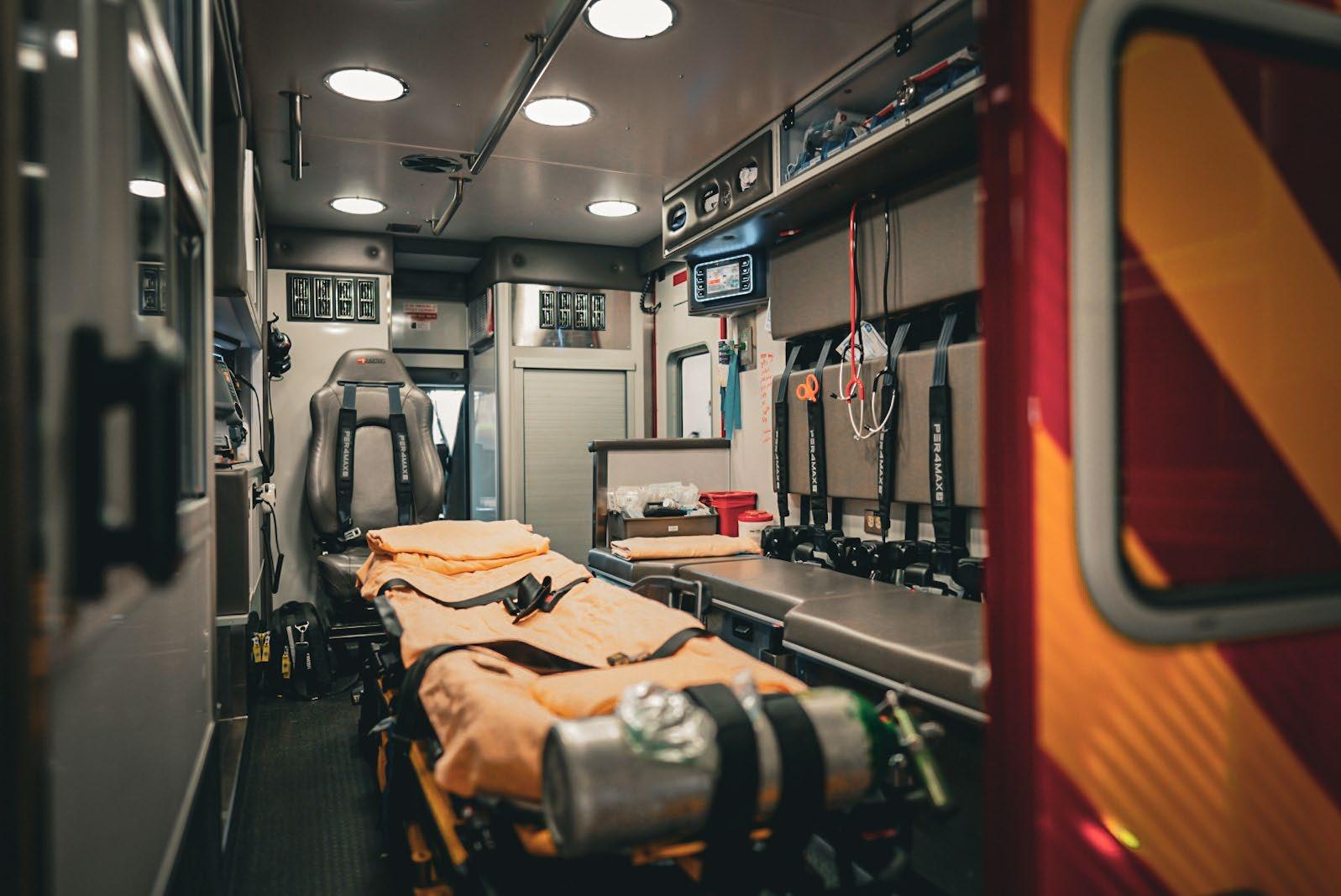
1 minute read
EMS OPERATIONS
Online and Offline Medical Control
Quality Assurance
Advertisement
Lead Paramedic and Field Training Officer Programs
The EMS Operations Division is led by Assistant Chief Brian Kehoe with medical direction by Dr. Marshall Frank, DO, MPH, FACEP, FAEMS. SCFD leads a rigorous CQI (continuous quality improvement) program using consistent, trusted, and accurate data to ensure pre-hospital delivery of care will stand out in the area as a leading agency that provides a service dedicated to the community’s evolving needs.
Most Common EMS Call Type - Primary Impression
Accomplishments
Supported Hurricane Ian Recovery with an Ambulance Strike Team for 11 days.
Engine 10 ALS (All first due engines now equipped as ALS)
Using Stroke Stickers to obtain and relay pertinent patient information to prevent any delay in definitive stroke care
SCFD’s CQI Program - pending research study publications
Pre-hospital Esmolol use for refractory ventricular fibrillation (Sarasota Memorial Hospital (SMH) partner)
The use of red lights and sirens for sepsis alert patients (SMH partner)
Pre-hospital oral steroid use for pediatrics (University of Florida partner)
The Bridge Program – Successfully promoted 14 certified paramedics to paramedics in charge (PICs)
Submitted for 2022 Mission Lifeline Award, 6th year in a row.
100% STEMI (ST elevation Myocardial Infarction or “heart attack”) patients transported to STEMI receiving hospital.
100% Stroke patients transported to stroke receiving facility.
This graph shows a four-year trend of the number of pre-hospital alerts for illness specific calls.
Cardiac Arrest Measures
SCFD reports to the CARES (Cardiac Arrest Registry for Enhanced Survival) database, a national registry where the average is set by those states with agencies who currently report. Florida is one of the 30 states to use CARES.
Bystander CPR includes dispatch advising CPR on scene and includes layperson, family, or layperson health-care worker. CPR (Cardiopulmonary Resuscitation)
SCFD is at 44.7% for bystander CPR exceeding the state and national averages.
Overall
Sustained ROSC (%) Overall Survival to Hospital Discharge With Good or Moderate cerebral performance
Sustained ROSC (Return of Spontaneous Circulation) – pulse sustained through transport.
Overall Survival to hospital discharge evaluates the percentage of patients successfully discharged from the hospital. This includes home, rehab, assisted-living facility, skilled-nursing facility, and hospice. Neurological status is not incorporated into this data set.
Survival to hospital discharge with good or moderate cerebral performance tells us the patient made a positive neurological outcome after having an out- of-hospital cardiac arrest
SCFD is at 8.8% and exceeds the state and national average of 6.4%










